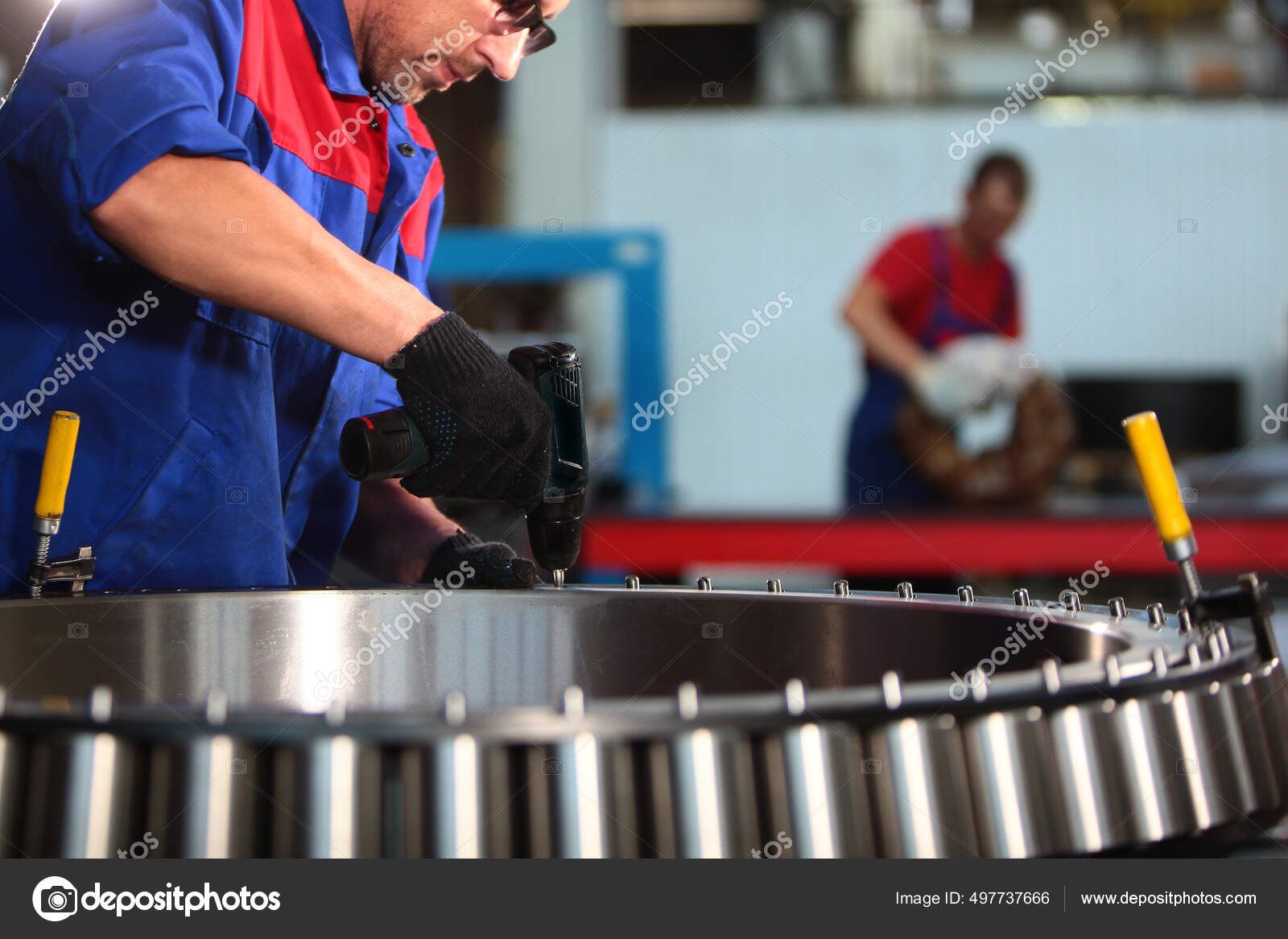Understanding Bearings Imagine manufacturing
Understanding Bearings Imagine manufacturing
Blog Article

Imagine a manufacturing facility where the slightest malfunction can halt production, costing thousands of dollars an hour. The key to smooth operations often lies in the humble bearing, a component that many overlook yet plays a pivotal role in machinery. Proper bearing usage is essential for ensuring longevity and efficiency. Understanding how to utilize these components effectively can prevent costly downtimes and extend the lifespan of equipment.
Understanding Bearings
Bearings are mechanical devices that facilitate smooth movement between moving parts, reducing friction and wear. They come in various types, such as ball bearings, roller bearings, and tapered bearings. Each type has its specific applications, which means selecting the right bearing is crucial for optimal performance. For example, tapered roller bearings are often used in automotive applications due to their ability to handle both axial and radial loads.
Key Factors in Bearing Selection
Choosing the correct bearing involves several considerations. First, assess the load that the bearing will need to support. Bearings are rated for different loads; understanding whether your application requires heavy-duty bearings or lighter ones can make a significant difference. Additionally, consider the operating environment. Will the bearings be exposed to high temperatures, moisture, or corrosive materials? For instance, stainless steel bearings may be preferred in environments where rust could be an issue.
[IMAGE]
Installation Best Practices
Proper installation is just as important as selecting the right bearing. Misalignment during installation can lead to premature failure. Always ensure that the bearing is properly seated and aligned with other components. Using the appropriate tools, such as soft hammers or bearing pullers, can prevent damage during installation.
Moreover, cleanliness cannot be overlooked. Contaminated bearings are a leading cause of failure. Before installation, ensure that both the bearing and the housing are free of dirt and debris. Utilizing protective covers during storage can also help maintain cleanliness.
Regular Maintenance
Even the best bearings can fail without proper maintenance. Regular inspections should be conducted to identify signs of wear, such as unusual noises, vibrations, or temperature increases. Lubrication is another critical aspect of bearing maintenance. Depending on the type of bearing and its application, different lubricants may be required. For example, high-speed applications often necessitate lightweight oils, while heavy-load situations may call for grease with a higher viscosity.
For those looking to delve deeper into the specifics of bearing care, Bearing usage guidelines provide comprehensive insights that can greatly enhance operational efficiency. Understanding these guidelines will help in maintaining optimal conditions for your bearings.
Monitoring Performance
Implementing performance monitoring systems can be beneficial. Technologies such as vibration analysis and temperature monitoring can provide real-time data on bearing condition. This proactive approach allows for timely maintenance and can prevent unexpected failures, saving both time and money.
Conclusion
In the world of machinery and manufacturing, bearings are integral components that require proper attention. From selection to installation and maintenance, every step is crucial in ensuring their effective operation. By adhering to best practices and utilizing resources like Bearing usage guidelines, you can optimize the performance of your machinery and safeguard against costly breakdowns.
Report this page